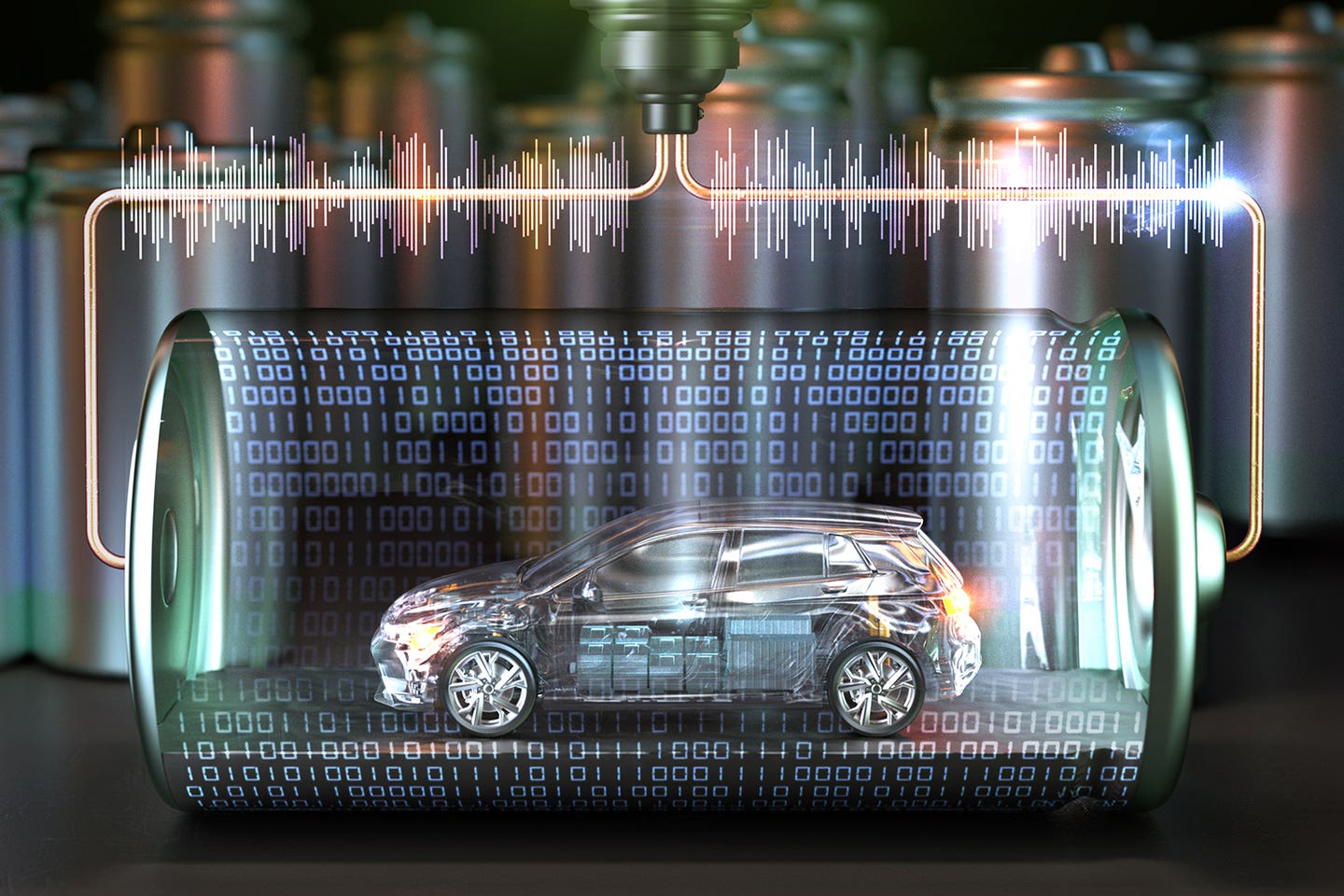Stop-and-go driving may actually be good for EV batteries
A new study reveals that real-world driving—complete with stops, starts, and long rests—helps EV batteries last much longer than expected.

EV batteries last up to 38% longer under real-world driving than lab tests suggest, new study shows. (CREDIT: Cube3D)
Every time you hit the brakes in your electric vehicle, zip onto a highway, or leave the car parked for hours while you’re at work, you might be doing your car’s battery a favor. A new study has shown that real-world driving helps EV batteries live longer—up to one-third longer—compared to lab tests using constant speeds and steady power drains. This surprising discovery could save you money and stretch the life of your EV battery by several years.
The research, published in Nature Energy, brings a fresh look at how scientists test batteries and what those tests mean for everyday drivers. The findings come from over two years of testing by researchers at a joint center between a major university and national lab. They ran 92 commercial lithium-ion batteries through different discharge routines, some based on traditional lab tests and others modeled after actual driving habits.
Lab Tests Don’t Tell the Whole Story
Until now, battery scientists often tested batteries by charging and discharging them at a constant rate. This gave them fast results on battery life, quality, and performance. But real life doesn’t work like that. Drivers start, stop, brake, and accelerate all the time. Many EVs sit unused for long hours, and sometimes days. The researchers wondered—what if this start-and-stop behavior affects battery aging in ways we haven’t considered?
Turns out, it does—and in a good way.
“We’ve not been testing EV batteries the right way,” said Simona Onori, the study’s senior author and a professor at Stanford University. “Real driving with frequent acceleration, braking, stopping to run errands, and letting the batteries rest for hours actually helps batteries last longer.”
Surprising Gains from Dynamic Discharging
The researchers created four different battery use profiles. One was a simple, constant discharge. The other three reflected more dynamic patterns based on actual driving data—think city traffic, highway speeds, and errand runs. These profiles were tested for over two years on dozens of batteries.
The results shocked even the experts. Batteries tested with dynamic profiles lasted up to 38% longer than those tested using a constant rate. In terms of equivalent full charge cycles—how many times the battery can be charged and used fully—this meant significantly more life for the battery. That’s important because the battery pack is still one of the most expensive parts of an EV, making up nearly a third of the cost of the vehicle.
Related Stories
These results mean a typical EV owner might not need to replace the battery—or the car—for years longer than once expected.
Machine Learning Reveals the Details
To figure out why dynamic driving helps batteries age more slowly, the team turned to machine learning. By feeding their system with data from all 92 batteries, the algorithm could find patterns that human researchers might miss.
One of the biggest surprises? Short bursts of acceleration didn’t hurt the batteries. In fact, the data showed a strong link between these quick jolts and slower battery degradation. “Pressing the pedal hard doesn’t speed up aging,” explained Alexis Geslin, a lead author of the study and a doctoral student in engineering. “If anything, it slows it down.”
The researchers also found that battery aging comes in two types: one from use, and another just from time. Most lab tests focus on cycle aging—wear and tear from charging and discharging. But for most EV owners, the car spends a lot of time parked. In those cases, time itself becomes the main cause of battery aging.
“We used to think that use mattered more than time,” Geslin said. “But for people who mostly use their EVs for commuting or weekend errands, the clock matters just as much, maybe more.”
The study found a balance point where the rate of discharge gives the best trade-off between time-related and use-related aging. That sweet spot matches how most people actually drive. So, without knowing it, everyday EV users are already extending their battery life by simply following their normal routines.
Rethinking Battery Testing and Design
This discovery has big consequences for how researchers and companies design and test new batteries. Battery chemistries, materials, and even software can all be improved by using more realistic test methods. The team recommends that future tests include dynamic discharge profiles that mimic how real drivers behave.
“Evaluating new battery chemistries and designs with realistic demand profiles will be really important,” said Le Xu, a postdoctoral scholar who worked on the study.
Software that manages EV batteries could also benefit. With better data on how batteries respond to real-world use, carmakers can create smarter battery management systems. These systems could adjust how batteries are charged and discharged to reduce wear and extend life.
Beyond EVs, these insights could change how scientists think about aging in other energy storage devices like solar batteries. Even materials in other fields—such as plastics, glasses, and medical implants—might age in ways that are misunderstood because of how they’re tested in the lab.
“This work highlights the power of integrating many areas of expertise,” said Onori. “From materials science and control systems to machine learning, we’re advancing innovation by working together.”
What This Means for You
The main takeaway? If you drive an EV, your battery may already be aging better than you think. The normal ups and downs of daily life—traffic jams, grocery runs, parked afternoons—can all work together to help your battery live longer. This could ease concerns for potential EV buyers worried about battery replacements. It could also push carmakers to improve their testing methods and offer better battery warranties based on more realistic expectations.
While lab tests once served as the gold standard for judging battery life, they now seem a bit out of date. Real-world driving, with all its quirks and pauses, might be the best test of all.
Note: The article above provided above by The Brighter Side of News.
Like these kind of feel good stories? Get The Brighter Side of News' newsletter.



